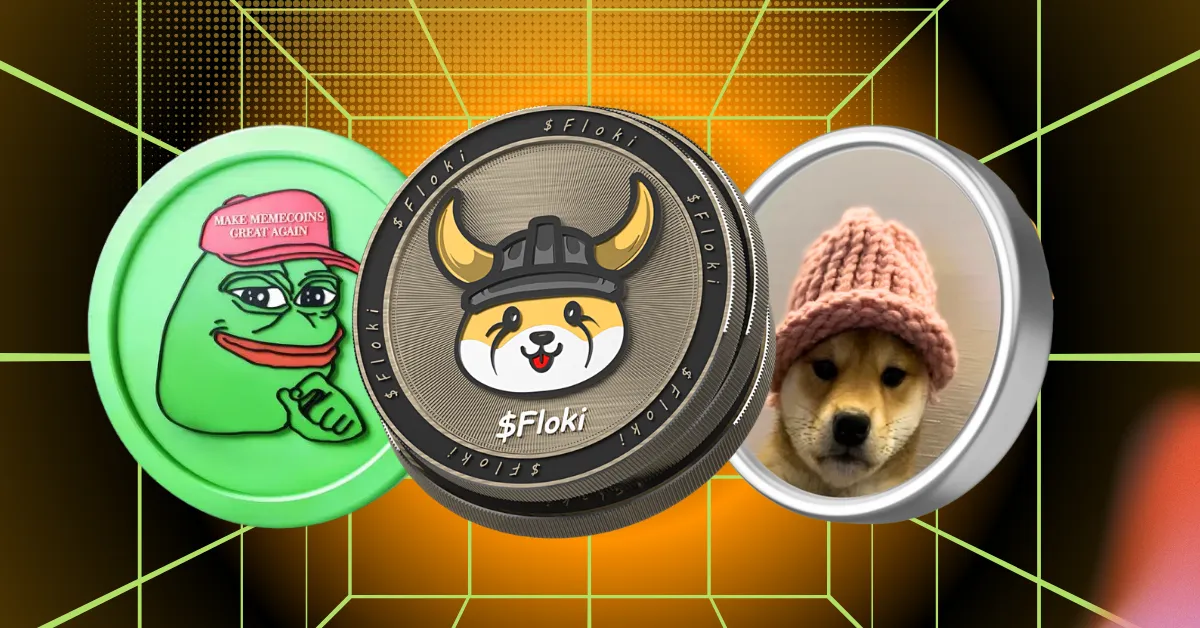The SEC’s Perspective on Meme Coins: A New Chapter in Crypto Regulation
The recent declaration from the U.S. Securities and Exchange Commission (SEC) has brought a fresh wave of clarity to the crypto world, especially concerning meme coins—a category of cryptocurrencies known more for community-driven hype and social media buzz than traditional financial fundamentals. By explicitly stating that most meme coins do not qualify as securities, the SEC has split the digital token universe into clearer regulatory pathways. This shift not only reshapes the relationship between regulators and the crypto market but also creates ripples that impact investors, developers, and policymakers alike.
Dissecting the SEC’s Rationale: Why Meme Coins Aren’t Securities
Central to the SEC’s analysis is the Howey Test, a legal tool used to determine whether a financial transaction qualifies as an investment contract under federal securities law. For a token to be deemed a security, it must involve an investment of money in a common enterprise with an expectation of profits primarily from the efforts of others. Meme coins often fail to meet this test because they:
– Are mostly bought and sold for speculative purposes and community engagement, not as investments managed by a central organization.
– Derive much of their value from social media trends, viral popularity, and sheer speculation, rather than corporate earnings or managerial actions.
– Lack formal promises or efforts from issuers that are aimed at generating profits for holders.
Viewed through this lens, meme coins sit closer to digital collectibles or entertainment tokens than traditional securities, pushing them outside the SEC’s conventional scope.
Embracing Opportunity: Regulatory Relief for the Crypto Ecosystem
This determination significantly lightens regulatory burdens for meme coin creators and platforms. The often onerous and costly securities registration regimes no longer apply, enabling more fluid innovation and community participation. The crypto industry, hungry for clear-cut rules, has welcomed this guidance as a beacon of certainty amidst previously murky regulatory waters.
With reduced compliance costs, vibrant online communities can experiment with meme coin projects in ways that foster innovation and cultural engagement. This freedom invigorates niche markets, fuels decentralized trends, and reinforces the idea that blockchain technology isn’t solely about finance—it also facilitates new forms of digital social interaction.
Investor Risk: A Double-Edged Sword
Yet, stepping out from the securities umbrella means relief comes with a price. The diminished legal protections for meme coin purchasers expose them to heightened risk. Traditional securities laws provide safeguards such as mandatory disclosures, anti-fraud enforcement, and legal recourse, which are largely absent in meme coin transactions.
This environment invites risks related to volatile price swings, pump-and-dump schemes, misleading promotions, and scams that prey on uninformed investors. The SEC warns these dangers persist despite the new stance, reminding participants that general anti-fraud laws still apply. However, the absence of tailored securities regulation makes investor vigilance and due diligence indispensable.
The Regulatory Puzzle: Which Agency Watches Meme Coins?
With meme coins falling outside securities regulation, the question of who governs their market conduct becomes pressing. Potential candidates include the Commodity Futures Trading Commission (CFTC), which oversees derivatives markets, the Federal Trade Commission (FTC) with its consumer protection remit, and state regulators who monitor local financial practices.
This patchwork jurisdiction means no single agency holds comprehensive authority over meme coins, fostering regulatory ambiguity. Without consolidated oversight, enforcement and consumer protection may lag behind market developments, increasing uncertainties for all stakeholders.
Cultural and Political Undercurrents: $TRUMP and Meme Coin Symbolism
The SEC’s announcement arrives at a fascinating crossroads where meme coins intersect with politics and cultural movements. High-profile tokens like $TRUMP highlight how cryptocurrency can serve as a platform for political expression and fandom-driven speculation simultaneously. This convergence complicates regulatory decisions and magnifies public interest in the crypto sphere.
Despite speculation about political influences in shaping regulatory approaches, officials have clarified that the decision hinges on legal interpretation rather than partisan considerations. Still, the presence of politically charged meme coins underscores how crypto assets are evolving beyond money and investment tools into carriers of identity and social signaling.
Concerns and Critiques: The Risks of Exclusion from Securities Law
Not everyone views the SEC’s approach as beneficial. Critics argue that exempting meme coins from securities regulations could leave investors more exposed to harm in an arena notorious for speculative bubbles. The lack of mandatory disclosures fuels information imbalances, potentially disadvantaging retail investors and enabling manipulative practices.
Some pendulum-swinging voices even compare meme coins to gambling, highlighting ethical dilemmas surrounding their promotion and market behavior. The debate shines a light on the broader challenge: crafting regulatory frameworks that acknowledge meme coins’ unique characteristics while mitigating their risks without stifling innovation.
Charting the Path Forward: Balancing Innovation and Protection
The SEC’s stance sets the stage for a new regulatory landscape—one where meme coins flourish outside traditional securities frameworks but with increased investor responsibility. This balance calls for:
– Enhanced investor education to illuminate the speculative nature and risks inherent in meme coins.
– Industry self-governance mechanisms aimed at improving transparency and ethical standards.
– Development of alternative regulatory bodies or new frameworks tailored to the distinctive profile of meme coins, providing clearer compliance guidelines and consumer safeguards.
Navigating this frontier will require adaptability from regulators, vigilance from investors, and a collaborative ethos among market participants to transform meme coins from speculative phenomena into sustainable elements of the crypto economy.
A Turning Point in Crypto Regulation
The SEC’s decision to exclude meme coins from securities law marks a defining moment, unlocking innovation while simultaneously reshaping risk dynamics. This move signals a maturity in crypto oversight—one where regulators acknowledge the diversity of digital assets and strive to apply nuanced judgments rather than one-size-fits-all rules.
As meme coins continue to captivate markets and online cultures, their trajectory will depend on the collective prudence of all stakeholders: investors embracing caution, industry actors adopting responsibility, and regulators refining the evolving digital asset governance landscape. In the fast-paced and often unpredictable realm of cryptocurrency, this new chapter demands both excitement and earnest reflection.











